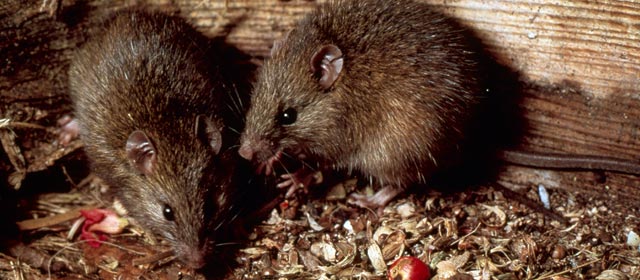Story summary
What are kiore?
Kiore (Pacific rats) are small rats with brown fur, and a grey and white underside. They came to New Zealand with the Polynesian ancestors of Māori, who carried them in their canoes.
Habitat and diet
Kiore spend the day in burrows, and come out at night to feed. They eat the berries of native forest trees, especially hīnau, as well as eggs and chicks, frogs, insects and lizards.
Kiore in Māori life
In tradition, kiore were descended from Hinemataiti, who stole her siblings, kūmara (sweet potato) from underground storage pits.
Kiore feature in many names – Motukiore (rat island) is an island in the Hokianga Harbour, Kiore is the name of a star cluster, and kiri-kiore is a carving pattern.
They were eaten by Māori, who often preserved kiore in fat and served them at special feasts.
Removal and survival
Kiore are considered a pest by the Department of Conservation, as they harm native plants and animals. The rats are removed from islands where endangered species such as tuatara are living.
The Ngātiwai tribe consider themselves guardians of the kiore. They believe there are cultural and historical reasons that the rats should survive.
There are a few kiore populations left, scattered in remote areas or on islands.





